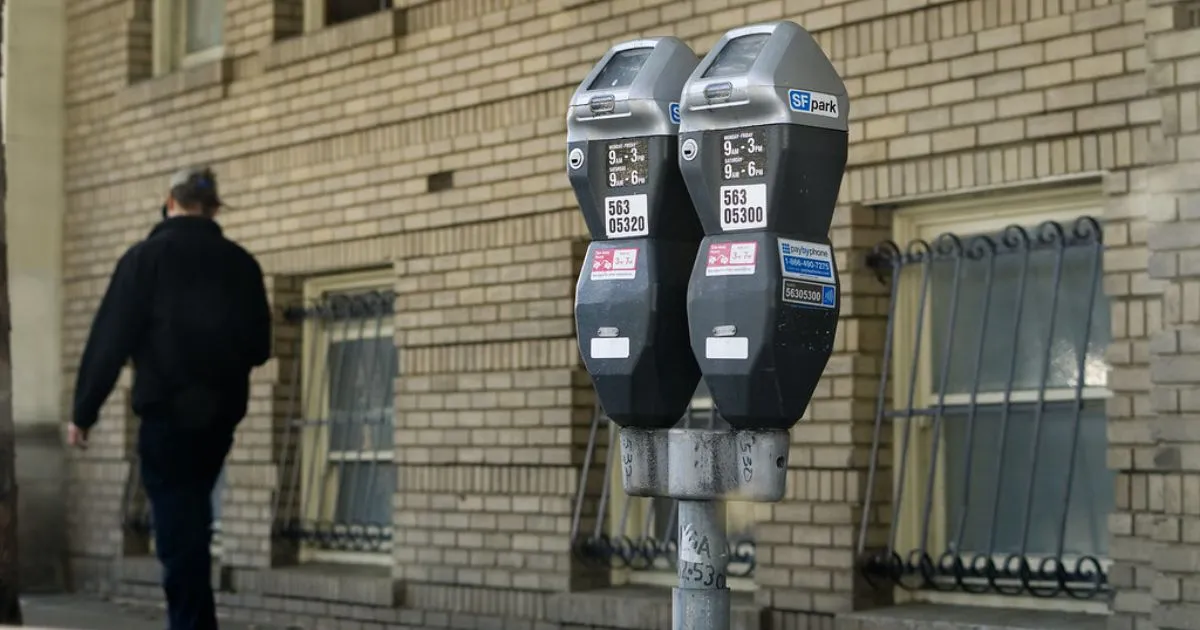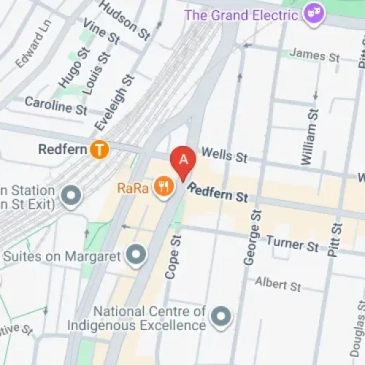Technology Updates in Real-Time Parking Availability Tracking

Real-time parking systems are revolutionising how Australian cities and drivers manage parking. By leveraging IoT sensors, AI-powered analytics, and mobile platforms, these technologies offer instant updates on parking availability and space occupancy, reducing search times, easing traffic congestion, and cutting emissions. As an Australian driver, I've personally experienced the frustration of circling Sydney's CBD hunting for parking—sometimes spending up to 30 minutes just to find a spot! That's precisely why these innovations are transforming our urban mobility landscape. Whether you're heading to work, running errands, or meeting friends for dinner, real-time parking systems are helping Australians reclaim valuable time and reduce stress. This technology isn't just convenient—research shows the average driver spends nearly 17 hours per year searching for parking, costing Australians millions in wasted fuel and productivity.
How Real-Time Parking Systems Work
Modern parking garages and car parks rely on sophisticated technology working together seamlessly. At the foundation are IoT sensors strategically placed throughout parking facilities, including infrared, ultrasonic, and magnetic field detectors that monitor whether each parking space is occupied. These sensors transmit data via wireless networks to central management systems, providing second-by-second updates on available spaces. In high-demand areas like Melbourne's Docklands and Brisbane's South Bank, this technology has proven invaluable. The collected data flows into AI analytics systems that process vast amounts of information, identifying patterns and predicting demand fluctuations. Mobile apps then deliver this intelligence directly to drivers, creating a user-friendly interface that displays real-time availability. Apps like Parkhound and Wilson Parking have become essential tools for Australian drivers, offering not just space availability but turn-by-turn navigation, reservation capabilities, and secure payment options—all contributing to a seamless parking experience.

Advantages of Real-Time Parking Tracking
The benefits of real-time parking systems extend to multiple stakeholders across our cities. For drivers like you and me, the advantages are immediately apparent and practical. "By guiding drivers directly to available parking spots, Smart Parking Technology significantly reduces the time spent searching for parking. This leads to lower traffic congestion in urban areas, as vehicles are no longer circling the streets looking for an open space," according to the Access Professional Systems. Beyond the time savings, these systems offer:
- Reduced frustration and stress when navigating busy urban centres
- Elimination of uncertainty about where to find available parking
- Convenient cashless payment options that streamline the entire experience
For parking station operators and car park managers, these systems deliver data-driven insights that optimize space usage and maximize revenue through dynamic pricing models. This technology has transformed how facilities are managed, with automated systems reducing staffing needs while improving customer satisfaction. Perhaps most importantly, our cities benefit through reduced traffic congestion, lower carbon emissions, and valuable data that informs smarter urban planning decisions. In Sydney alone, studies suggest that smart parking initiatives could reduce inner-city traffic by up to 8%, a significant improvement for our congested roadways.
Case Studies: Real-Time Parking in Action
Real-world implementations demonstrate the transformative impact of these technologies. San Francisco's SFpark program stands as a pioneering example, using sensor technology and demand-responsive pricing to optimize parking resources. The results speak for themselves: 43% reduction in parking search time and over 30% decrease in emissions—outcomes that Australian cities could replicate. Barcelona's Smart City Initiative takes integration further by connecting parking systems with broader urban mobility networks, including public transport and EV charging infrastructure. Locally, Sydney's Parking Made Easy platform exemplifies how these technologies adapt to Australian needs, helping drivers locate, book, and pay for parking in real-time across high-demand areas. As Daniel Battaglia, founder of Parking Made Easy, notes in his eBook on parking: "Technology has had a dramatic influence on how parking is managed, and today parking systems use those tools to maximize efficiency across an entire community. For instance, you can enter a city that you have never been to before or drive to a major event, and you will find helpful signs directing you to the parking area that has available spaces."

Challenges in Adoption
Despite the clear benefits, implementing real-time parking systems across Australia faces several hurdles. The infrastructure costs represent a significant initial investment, particularly for regional areas and smaller municipalities. Installing comprehensive sensor networks, connectivity infrastructure, and management systems requires substantial capital—often necessitating public-private partnerships to fund deployments. Data security presents another critical concern, especially as these systems collect sensitive information including location data, vehicle details, and payment information. Compliance with Australia's Privacy Act and ensuring robust encryption are essential for maintaining user trust. Perhaps the most persistent challenge is user awareness and adoption. Many drivers, particularly older Australians or those in areas where technology adoption lags, remain unaware of these parking spots availability tracking systems or hesitant to embrace new parking technologies. Overcoming this requires targeted education campaigns and intuitive user interfaces that make adoption simple for all demographics.
Future Trends in Real-Time Parking Technology
The evolution of parking technology continues at a rapid pace, with several emerging trends poised to transform the Australian parking landscape. Integration with EV charging infrastructure stands at the forefront as electric vehicle adoption accelerates across Australia. Future systems will not only direct drivers to available spaces but also to compatible charging stations, displaying real-time availability and charging status. AI-powered analytics is becoming increasingly sophisticated, with advanced algorithms predicting parking demand based on weather patterns, local events, and historical data. This allows for more accurate space allocation and dynamic pricing that balances supply and demand effectively. Perhaps most exciting is the growing integration with broader smart city initiatives. Parking systems will increasingly connect with public transport networks, ride-sharing services, and even autonomous vehicle systems to create comprehensive urban mobility solutions. As these technologies mature, we'll see unprecedented levels of efficiency in how Australians navigate and park in urban environments.

Conclusion: Embracing Smarter Parking Solutions
Real-time parking availability tracking represents a significant leap forward in urban mobility technology, directly addressing one of the most common frustrations Australian drivers face daily. By combining IoT sensors, AI analytics, and user-friendly mobile interfaces, these systems are quietly transforming how we interact with our cities. The benefits extend beyond individual convenience, contributing to reduced traffic congestion, lower emissions, and more efficient urban environments. While challenges remain in widespread adoption, the trajectory is clear—smart parking solutions will become increasingly integrated into our daily lives and city infrastructure. Sign up free to experience how Parking Made Easy is helping Australians navigate the changing parking landscape with confidence. Whether you're a daily commuter, occasional visitor to busy urban centres, or simply someone who values efficiency and reduced stress, real-time parking technologies offer practical solutions to age-old problems. The future of parking in Australia looks decidedly smarter, more connected, and infinitely more convenient—and it's arriving faster than you might think.
**Daniel Battaglia, Parking Made Easy:** As part of the Parking Made Easy team with the assistance of Generative AI, Daniel Battaglia offers his experience in the car parking industry. He is dedicated to providing valuable information and resources to help you make smart parking choices and has been widely quoted in national media outlets. Connect with Daniel directly at daniel@parkingmadeeasy.com.au for further assistance.



Share